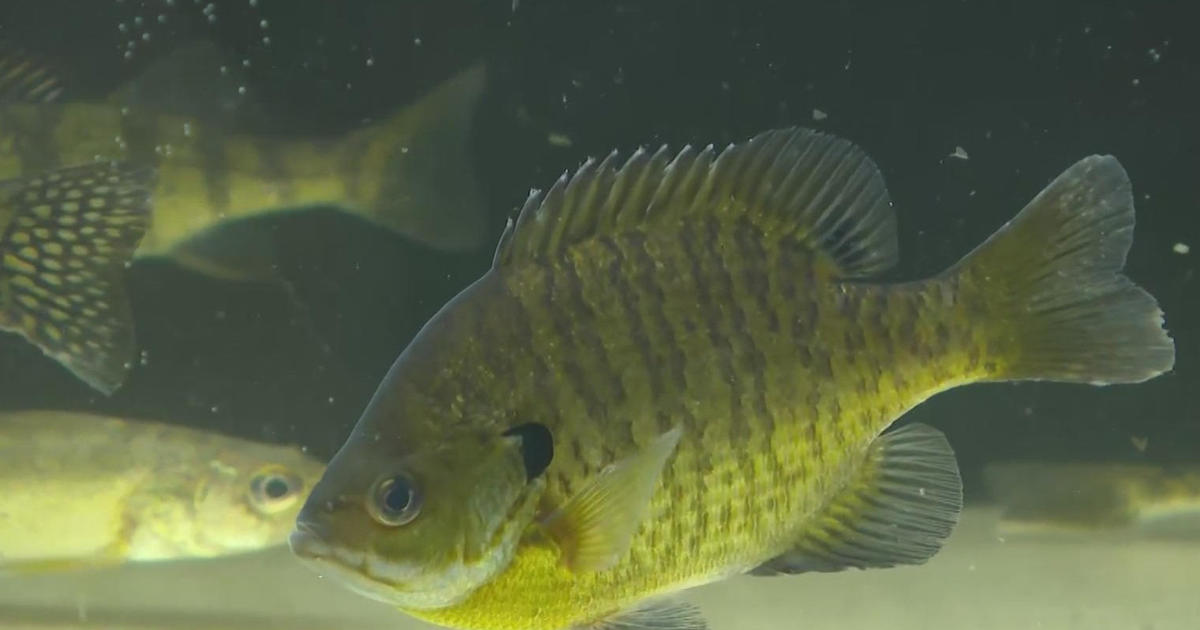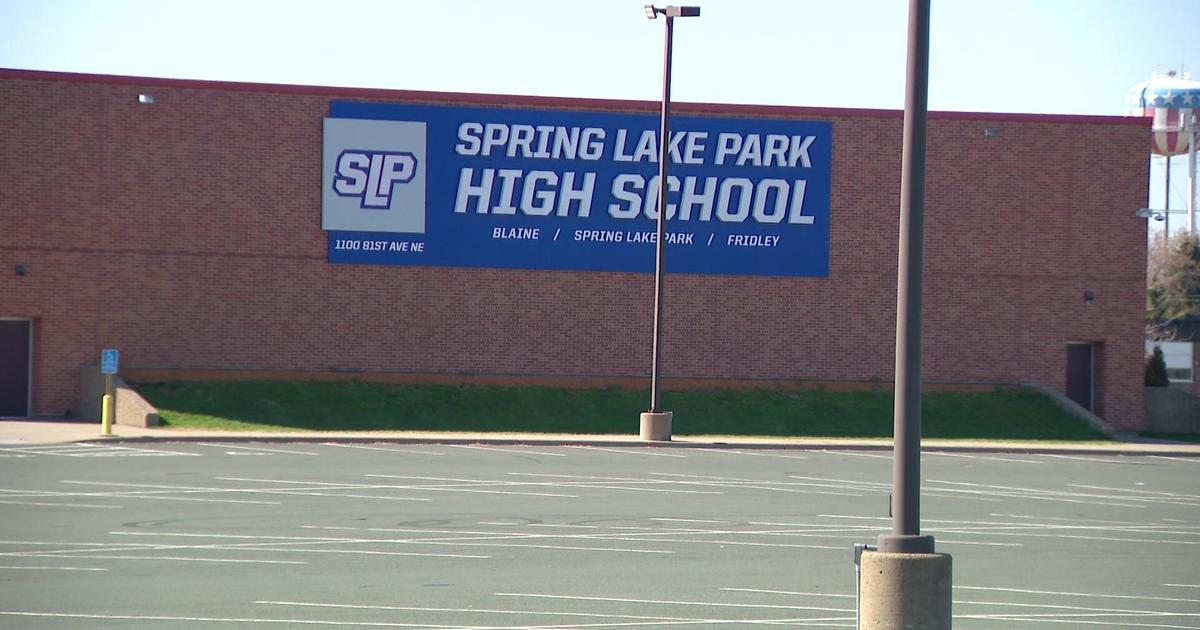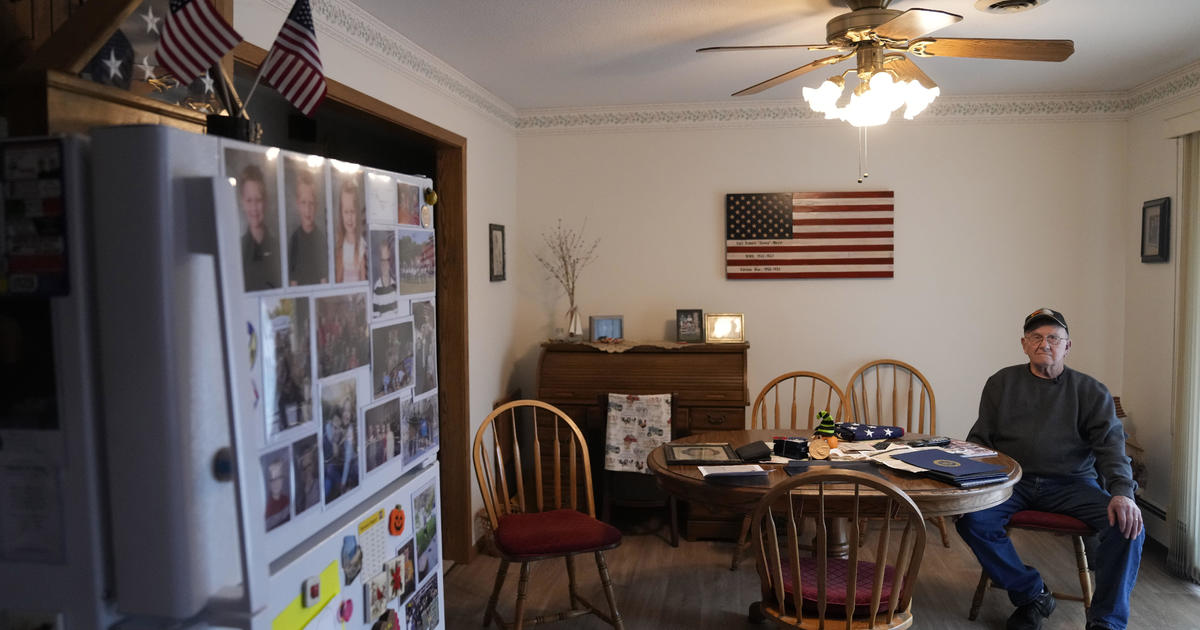Draft Silica Sand Mine Standards Get Mixed Reviews
ST. PAUL, Minn. (AP) — A draft set of model standards for regulating Minnesota's silica sand mining industry got mixed reviews at its first public airing Wednesday.
The nonbinding guidelines from the Environmental Quality Board are meant to provide local governments with a range of tools to help them regulate silica sand projects, including mines, processing facilities and transportation hubs. Wednesday's meeting of an EQB subcommittee was the first public chance for industry officials, local governments and citizens' groups to weigh in on the draft since its release Friday.
The main categories addressed in the 168-page report are air quality, including monitoring and dust control; water quality and use standards; impacts on roads and bridges; mine operations, including lighting, hours of operation, blasting and reclamation of old sites; and physical buffers and setbacks from residential areas, streams, wetlands, bluffs, and historic and archaeological sites.
Several testifiers praised the draft, saying it was much improved from an initial version released in October.
"Two thumbs up. I'd give it more if I had more thumbs," said Kristen Eide-Tollefson, who served for 13 years on the Florence Township Planning Commission in Goodhue County and is now helping other local governments develop silica sand ordinances.
But Peder Larson, a lobbyist with the Minnesota Industrial Sand Council, said some of his member companies have a problem with the tone of the document.
"It seems in some ways focused on stopping projects more than helping local governments understand their tools so they regulate these projects well," he said.
Don Arnosti, policy director with Audubon Minnesota, countered that rather than finding ways to say yes to a project, "sometimes the right answer is no," and it's appropriate for the guidelines to help local officials do that.
The silica sand mining industry has boomed in recent years because it provides a critical component that oil and gas drillers use for hydraulic fracturing. The pure, round grains in the soft sandstone deposits under parts of western Wisconsin, southeastern Minnesota and the Minnesota River Valley have the ideal shape and hardness for propping open underground cracks and allowing oil and gas to flow out, and many of the region's deposits are economical to mine because they lie close to the surface.
Critics of the industry raise several concerns. Fresh silica dust from workplace exposures is an established cause of serious lung diseases, including cancer. The risks to communities downwind of mines are not well understood yet. Mines often generate heavy truck traffic and other noise. They also cite the potential harm to groundwater supplies and trout streams amid the fragile geology of southeastern Minnesota, as well as the scars mines can leave on the region's scenic landscape of bluffs and rolling hills.
Several southeastern Minnesota residents told the panel they wanted the guidelines to go further by showing communities how to ban silica sand mining altogether.
"What we are referring to is a class 1 carcinogen," said Vince Ready, who lives near St. Charles in Winona County. "It causes silicosis and it causes death."
One thing many speakers agreed on was that the EQB should extend the 30-day public comment period beyond the current Jan. 13 deadline because the holidays give them too little time to prepare detailed written responses. Will Seuffert, the board's executive director, said his staff would look into whether it's feasible to do that and still meet a Feb. 19 target for getting the final version of the standards approved by the full board. He said he expects a decision soon.
(© Copyright 2013 The Associated Press. All Rights Reserved. This material may not be published, broadcast, rewritten or redistributed.)



